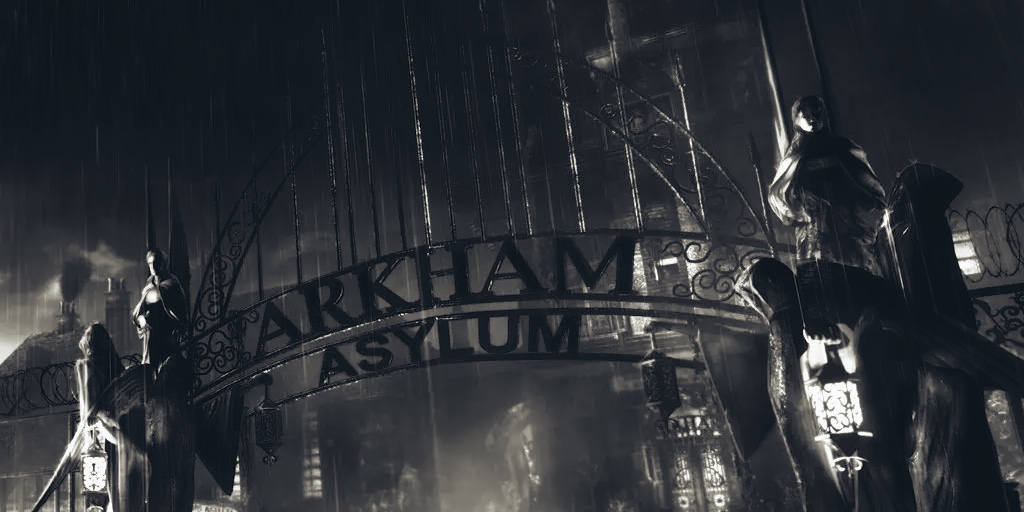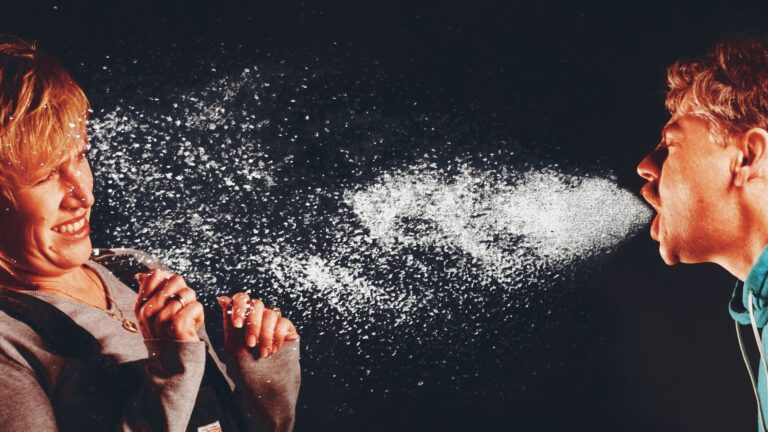When I think of a mental hospital or mental asylum, the first image that pops into my head is the one from Batman. I picture crazy patients in a dark and dingy Gotham hospital, with wide eyes, straitjackets, creepy laughter and imaginary friends.
What is mental illness?
But what exactly is mental illness?
How is it defined?
How prevalent is it?
How is mental illness diagnosed?
What are the clinical criteria?
Diagnoses often rely on subjective assessments and self-reported symptoms, leading to discrepancies in prevalence rates. The definition of mental illness varies across regions and cultures, so ‘mental illness’ lacks consistency.
What is deemed mental illness in South Africa, for example, is not deemed mental illness in France.
Allen Francis is a psychiatrist and lead editor of the fourth edition of the American Psychiatric Association’s Diagnostic and Statistical Manual of Mental Disorders (universally known as the DSM-IV).
He is the man who wrote the book on mental illness and said the following:
There is no definition of a mental disorder. It’s bullshit. I mean, you just can’t define it. These concepts are virtually impossible to define precisely with bright lines at the boundaries.
Allen Francis
We’re taking every day experiences that are part of the human condition and we’re over-diagnosing them as mental disorders, and way too often providing a pill when there’s not really a pill solution for every problem in life.
In other words, there is no metric with which ‘mental illness’ can be measured. If there’s no metric, then how is it diagnosed?
Over-diagnosis
Despite the supposed high prevalence of mental illness, many ‘mentally ill’ people neither seek help nor receive formal diagnoses, which means that actual prevalence is probably inflated.
The pharmaceutical industry has a huge financial interest in promoting the identification and treatment of mental illnesses. New ‘illnesses’ created out of thin air mean new ‘dignoses’ and new ‘treatments’ and, thus, new profits.
Big Pharma doesn’t like healthy people.
The widespread use of psychotropic medications has become a multi-billion dollar industry, incentivising over-diagnosis and over-prescription of drugs for conditions that probably don’t even exist (or are soon to be invented).
Peter Breggin is a psychiatrist and said that over-diagnosis is driven by profit.
All these antidepressants, the SSRI antidepressants, and the serotonin-norepinephrine uptake inhibitors, SNRI antidepressants, are all knock-offs of a drug that’s very common on the street, and it’s called cocaine.
Peter Breggin
Does mental illness exist?
Yes and no.
Mental illness, itself, lacks evidence to support a definitive classification. However, extreme forms of distress like suicidal despair, hearing hostile voices and severe mood swings are certainly real experiences.
In that sense, it could be argued that mental illness possibly does exist.

But categorising these as mental illnesses is problematic because the concept is largely abstract.
There’s no concrete evidence of chemical imbalances, genetic flaws or bodily malfunctions corresponding to the labels given by the pharmaceutical industry.
Ultimately, symptoms are a mix of social judgements about an individual’s thoughts, feelings and behaviours rather than clear indicators of bodily dysfunction.
Again, how do you measure mood swings?
Furthermore, many symptoms attributed to mental illnesses can be responses to personal and social contexts. For example, behaviours associated with ‘borderline personality disorder’ or ‘schizophrenia’ might be reactions to past traumas such as abuse or bullying.
It’s nuanced.
It’s over-diagnosed.
Conversation
Kevin Corbett is a British nurse who grew up in a mental hospital and spoke to me about the above.
Madness is to think of too many things in succession too fast, or of one thing too exclusively.
Voltaire





